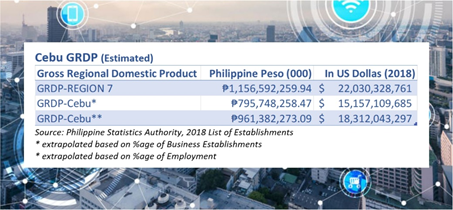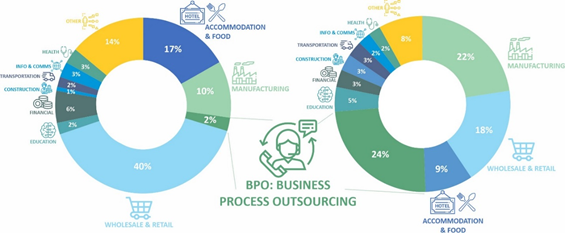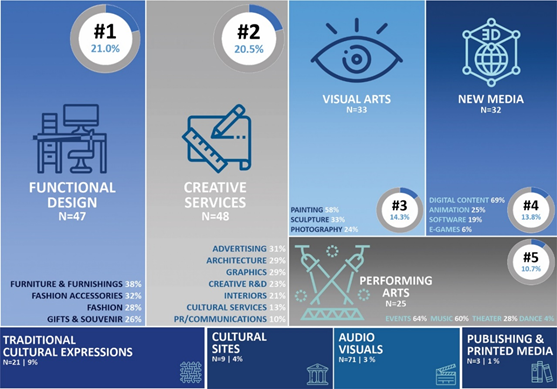
Posted by DESIGN Cebu Admin
November 15, 2021
Located in smack in the center of the Philippine archipelago, is the historic and dynamic city of Cebu. For over 500 years, it has been a hub of trade, a center of culture and a model of resiliency. Home to a population of over one million, Cebu, when aggregated with its neighboring cities, comprises the second largest metropolitan area in the Philippines and is the seat of the Cebu province which is the country’s most prosperous province based on asset size. The island is located within Region Seven – also known as Central Visayas.
Considered by many to be the country’s design capital, Cebu is home to thousands of creative enterprises and numerous internationally recognized talents in a variety of disciplines that include furniture, crafts, fashion and multimedia arts. It is also a major center for tourism and boasts the country’s largest seaport and its award-winning airport is the second busiest in the country. Cebu is also the venue of Sinulog, the Philippines’ premier festival celebrating the city’s distinction as the Cradle of Christianity in Asia. More recently, Cebu has become a global hub for the IT outsourcing industry specializing in creative and multimedia.
Cebu was also the ASEAN City of Culture from 2010-11 and is a favorite of international travelers – making multiple appearances over the years in many polls – the most recent being Conde Nast Traveler’s Reader’s Choice Awards as the best island in Asia for 2020. Cebu has the most twin towns of any city in the Philippines with nearly 20 Sister City agreements in place. In October 2019, it joined the list of global cities as a UNESCO Creative City of Design.

As the economic powerhouse of the Central Philippines, Cebu accounts for the lion share of the Region Seven Economy. Based on its 69% share of Business Establishments, Cebu accounts for almost $15 Billion in Gross Regional Domestic Product (GRDP). If percentage of employment is utilized (83%), then this number increases to just over $18 Billion. It is worth noting here that the Philippines does not break down GDP by province, hence these extrapolations.

For over two decades, the Business Process Outsourcing (BPO) Industry has been a key driver of growth in the Philippines — particularly in its two largest metropolitan areas: Manila and Cebu. Both rank as top super cities in the Tholons Services Globalization City Index . In 2019, Cebu also ranked for the first-time on the Euromonitor Top 100 Cities – as the first and only Philippine city to make it into the list.
BPOs, manufacturing, wholesale and retail, accommodations and food service, and education comprise the top five sectors in terms of employment. If the number of establishments were to be used as a measure, then financial and insurance firms would take the place of education in the top.
Cebu’s Top Industries

Source: Philippine Statistics Authority, 2018 List of Establishments
Cebu’s Cultural and Creative Industries span the gamut of domains based on the UN’s Commission on Trade and Development’s classifications:

Source: Cebu UNESCO City of Design Survey, May/June 2020 and August 2020
i. Commission on Audit Philippines, Provincial Listing of Assets (2018)
ii. Tholons Services Globalization Index (2019)
iii. Euromonitor International, Top 100 City Destinations (2019)
